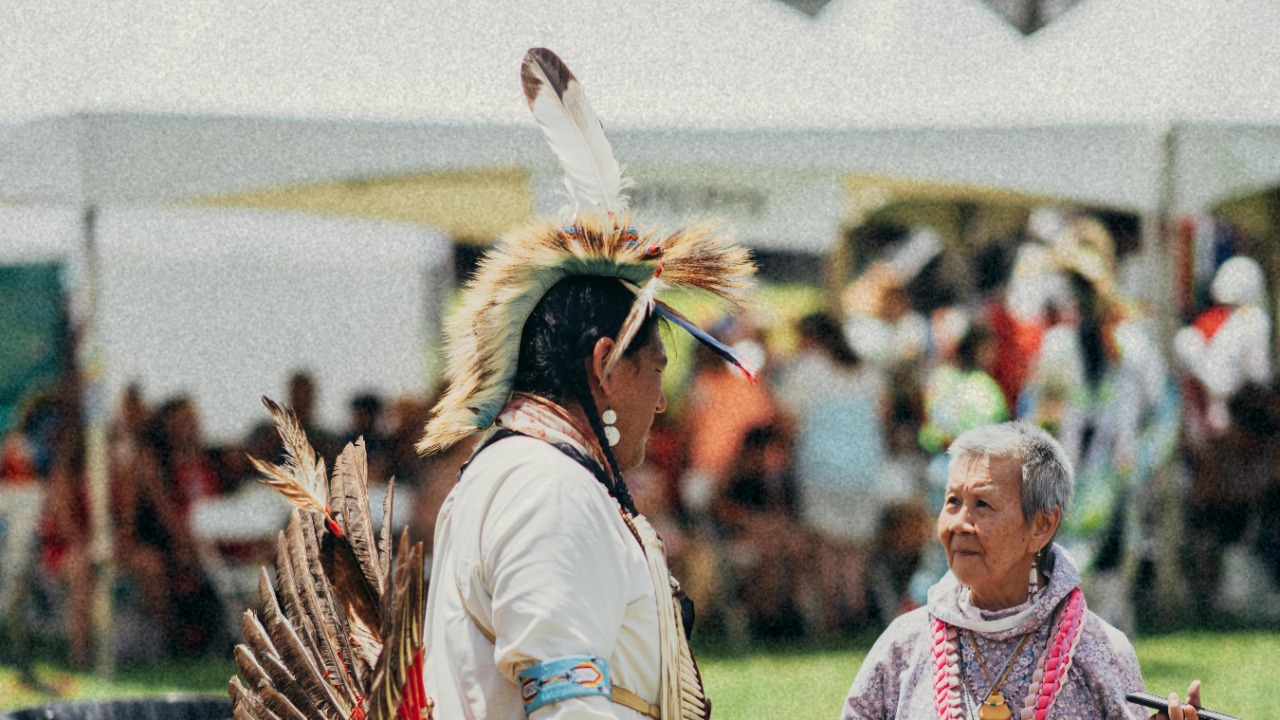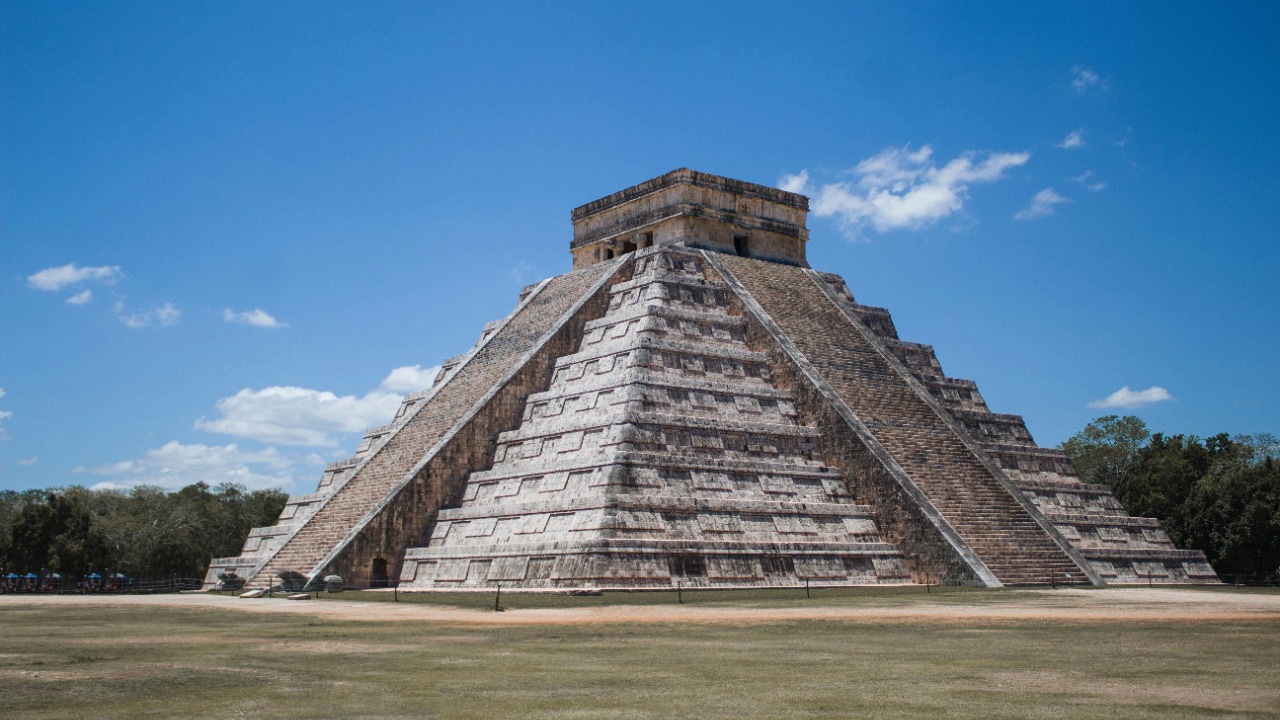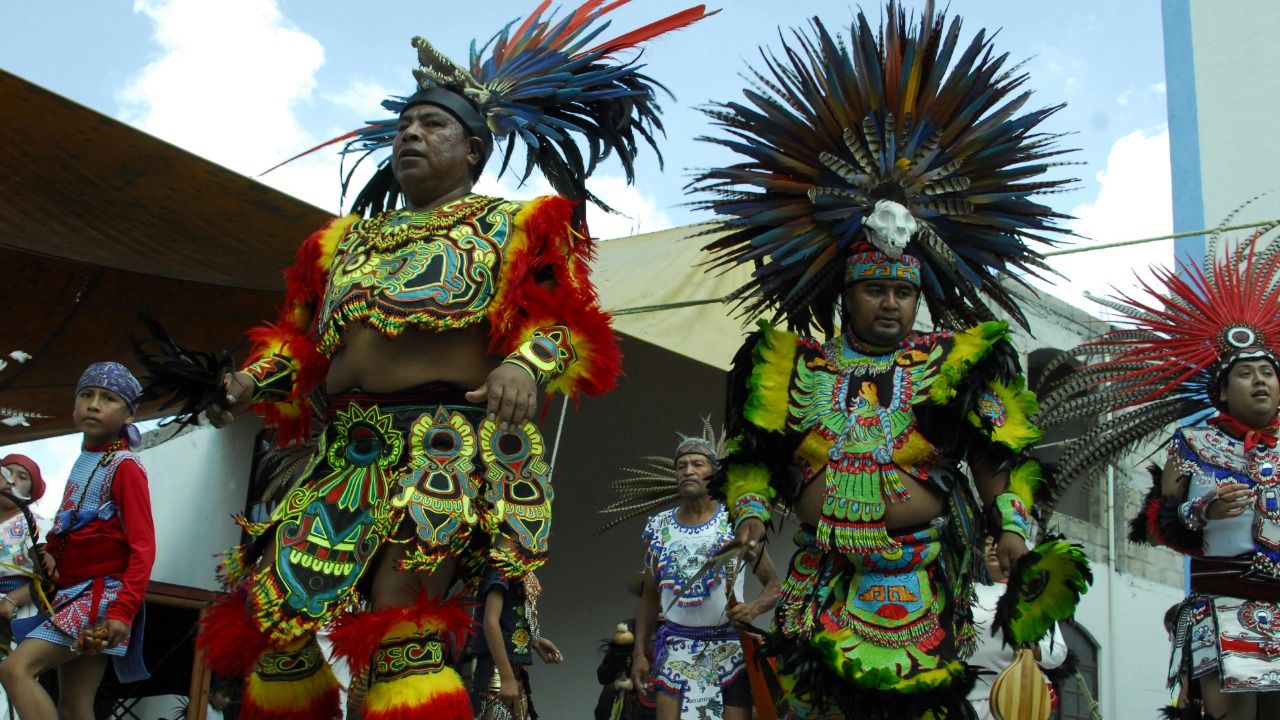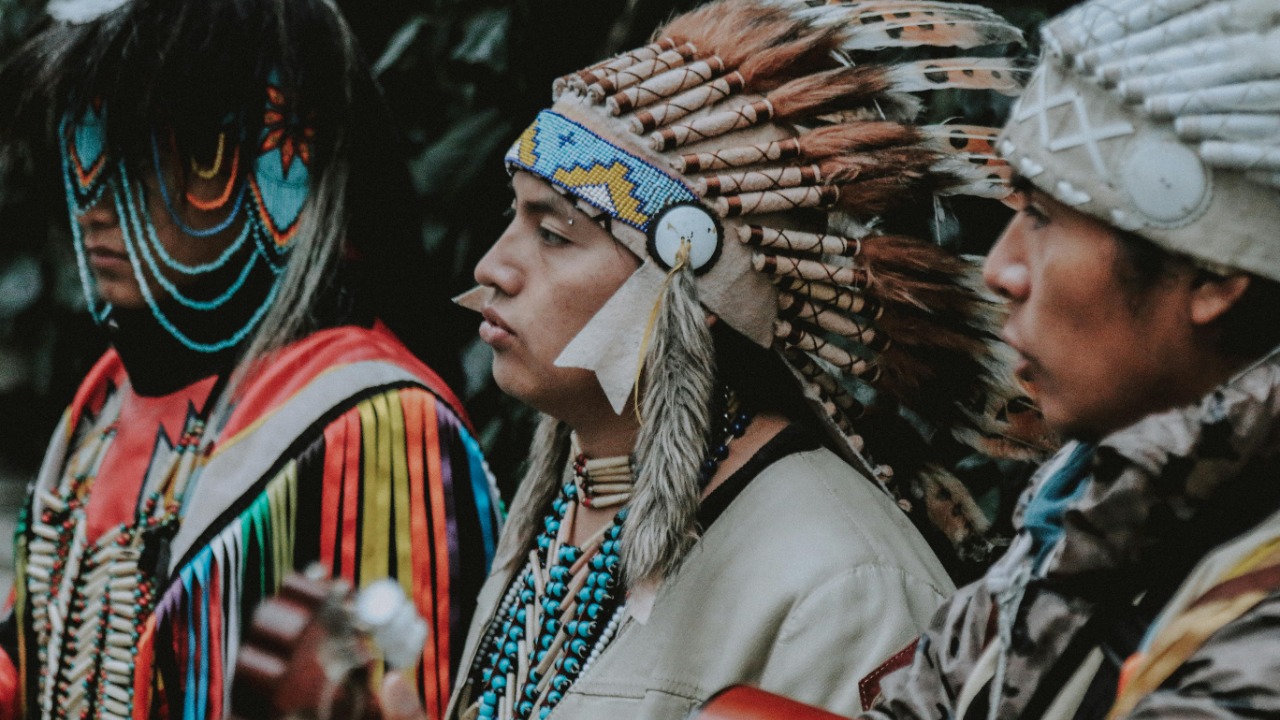
Native American civilizations have long been subjects of fascination and study, revealing a rich tapestry of culture, innovation, and history. From the intricate societies of the Mississippian people to the advanced engineering of the Inca, these civilizations have left a profound legacy. Here are ten major discoveries that continue to shape our understanding of Native American cultures.
1. Advanced Agricultural Techniques

Native American civilizations were pioneers in agricultural innovation, developing techniques that allowed them to thrive in diverse environments. The “Three Sisters” method, which involves planting corn, beans, and squash together, was a triumph of companion planting. This method not only enhanced soil fertility but also provided a balanced diet.
In the Andes, the Inca developed terrace farming, which maximized arable land in mountainous areas. These terraces controlled erosion and facilitated irrigation, allowing them to cultivate crops like potatoes and maize at high altitudes. Such agricultural practices highlight their deep understanding of ecological systems.
2. Complex Trade Networks

Trade networks among Native American civilizations were vast and sophisticated, spanning thousands of miles. These networks facilitated the exchange of goods, ideas, and technologies. The Mississippian culture, for example, engaged in extensive trade that brought them copper from the Great Lakes and shells from the Gulf Coast.
Archaeological evidence, such as the presence of Mesoamerican cacao in the Southwest, further illustrates the far-reaching nature of these trade routes. These connections fostered cultural exchange and economic prosperity among diverse groups.
3. Architectural Marvels

Native American civilizations are renowned for their architectural achievements. The Ancestral Puebloans, or Anasazi, constructed elaborate cliff dwellings in present-day Colorado and New Mexico. These structures, such as those at Mesa Verde, demonstrate advanced engineering and a strategic use of natural landscapes.
Meanwhile, the Maya built towering pyramids and sprawling cities, such as Tikal and Chichen Itza, that still captivate visitors today. These architectural feats reflect their sophisticated understanding of mathematics and astronomy.
4. Sophisticated Political Systems

Many Native American societies developed complex political structures. The Iroquois Confederacy is a prime example, with its democratic governance system that influenced the formation of the United States’ own government. Their Great Law of Peace established a council of chiefs to govern multiple nations.
In the Andean region, the Inca Empire operated a highly organized administrative system with a network of roads and messengers, enabling efficient governance across vast distances. These political systems illustrate their ability to manage large, diverse populations effectively.
5. Rich Oral Traditions

Oral traditions have been crucial in preserving Native American history, culture, and spirituality. These stories, passed down through generations, offer deep insights into their worldviews and values. They often include creation myths, historical narratives, and moral lessons.
The Hopi, for example, maintain a rich oral tradition that chronicles their migration journeys and connection to the land. These narratives are not only cultural treasures but also vital historical records, offering a glimpse into the past.
6. Intricate Art and Symbolism

Artistic expression in Native American cultures is diverse and deeply symbolic. From the intricate beadwork of the Plains tribes to the vibrant pottery of the Southwest, art served as a means of communication and cultural identity.
Many artworks incorporate symbols that convey spiritual beliefs and societal roles. The Northwest Coast tribes, for example, are known for their totem poles, which tell stories of ancestry and mythology. These artistic traditions continue to inspire and educate.
7. Progressive Gender Roles

Gender roles in many Native American societies were often more fluid and equitable than in European counterparts. Women held significant power and responsibility, particularly in matrilineal cultures like the Iroquois, where women owned property and selected leaders.
Two-Spirit individuals, recognized in numerous tribes, played important roles in their communities, embodying both masculine and feminine qualities. This inclusive approach to gender demonstrates a nuanced understanding of identity and community dynamics.
8. Innovative Environmental Practices

Environmental stewardship was a cornerstone of Native American life, with practices that promoted sustainability and balance. The use of controlled burns by tribes such as the Karuk and Yurok helped manage forest ecosystems and boost biodiversity.
Efforts to restore and preserve these practices continue today, as seen in the partnerships for environmental cleanup at sites like Tar Creek. These initiatives highlight the enduring legacy of indigenous environmental knowledge.
9. Diverse Linguistic Heritage

The linguistic diversity among Native American tribes is staggering, with hundreds of distinct languages once spoken across the continent. These languages reflect the unique cultural identities and knowledge systems of their speakers.
Efforts to preserve and revitalize indigenous languages are ongoing, underscoring their importance in cultural continuity and identity. Initiatives like language immersion schools and digital archives are crucial in keeping these languages alive for future generations.
10. Spiritual Beliefs and Practices

Spirituality is central to Native American cultures, with diverse beliefs and practices that connect them to the natural world. Many tribes hold ceremonies and rituals that honor their ancestors and the land. The Lakota Sun Dance and the Pueblo Kachina ceremonies are notable examples.
These spiritual practices often emphasize balance, harmony, and respect for nature. They provide a profound understanding of the interconnectedness of all life, as detailed in resources like Native American traditions and beliefs. Such spirituality offers valuable lessons in environmental ethics and community well-being.